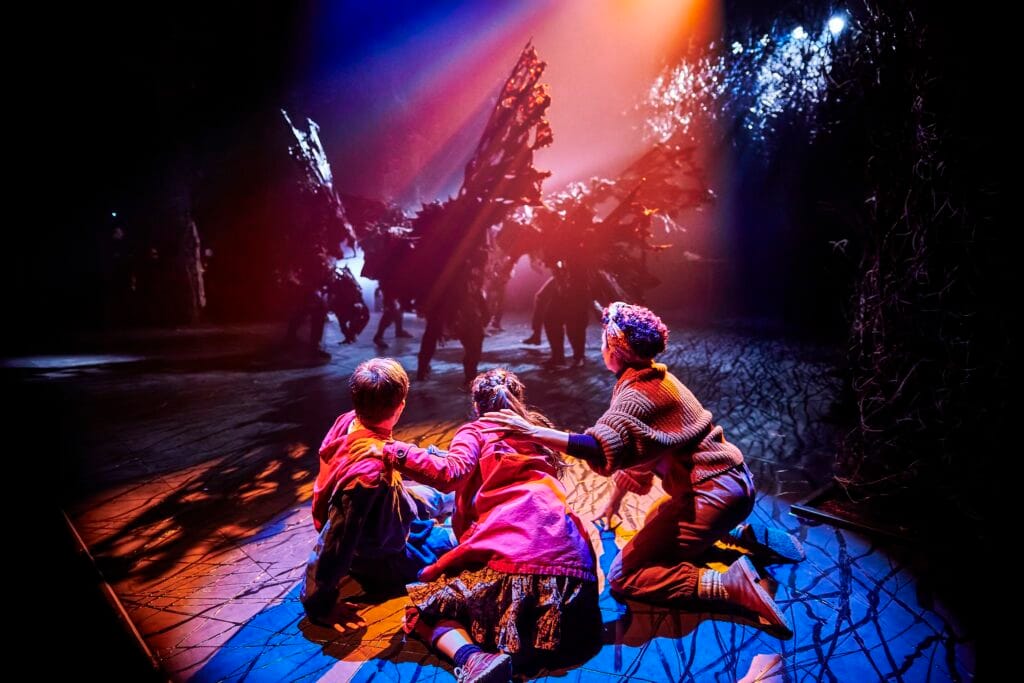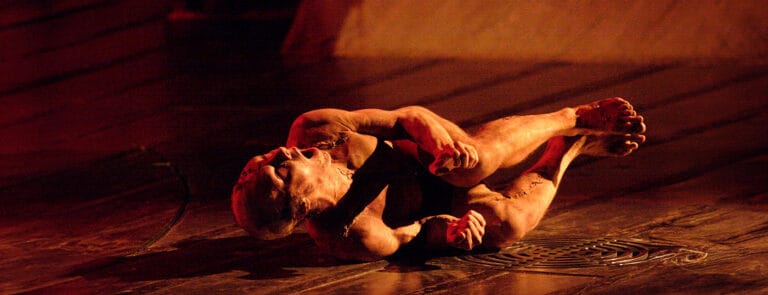The resonance of reality: How soundscaping helps us feel what we see

In the arts, sound is often treated as a background player—an accessory to the main event. But at its best, soundscaping is not just an addition to what we see; it’s the thing that makes us feel what we see. Without it, a performance can be technically impressive yet oddly weightless, like watching a film with the music turned off or a theatre production where every movement is eerily silent. The best sound design works invisibly, shaping our emotions before we’ve had time to rationalise them.
In films, on stage, and even in fine art, sound is an essential but under appreciated part of storytelling. It’s easy to focus on what’s in front of us—the actor’s expression, the cinematographer’s framing, the dancer’s movement—but take away the sound, and you suddenly realise just how much of the experience was living in your ears. If acting is about inhabiting a role and making it real, then soundscaping is about doing the same for the world around that role.
It doesn’t simply accompany the visuals; it makes them more alive, more immersive. The best theatre productions understand this instinctively. Take the National Theatre’s The Ocean at the End of the Lane, a show so reliant on sound that, without it, the magic would simply dissolve. The combination of live music, layered sound effects, and an eerie, almost subconscious undercurrent of whispers turns the stage into something more than just a set—it becomes a living thing. You’re not just watching a story; you’re inside it.
Sound doesn’t just build atmosphere, though. It controls emotion. Consider how a well-placed note can shift an entire scene’s mood. The BBC’s adaptation of Sherlock wouldn’t have half the same energy without David Arnold and Michael Price’s frenetic, propulsive score. Strip it back to just the dialogue, and the pacing suddenly feels slower, the tension less electric. It’s the same principle at play in Shakespeare’s Macbeth, where sound—whether in the form of music, echoing footsteps, or the unsettling silence that follows an act of violence—guides the audience’s emotional state just as much as the words do.
This is why the best directors and composers work together like stage partners. Danny Boyle’s Frankenstein at the National Theatre, starring Benedict Cumberbatch and Jonny Lee Miller, was a masterclass in this collaboration. Under Boyle’s direction, composer Underworld created a soundscape that pulsed beneath the performance, never intrusive but always present, like an invisible heartbeat. The result was a show that felt physically felt rather than simply watched.

Of course, it’s not just in traditional performance spaces that soundscaping makes its mark. Museums and art galleries increasingly use it to heighten the sensory experience. Tate Modern’s installations often employ carefully designed soundscapes to make static art feel immersive, allowing visitors to engage with pieces in a way that goes beyond visual appreciation. Stand in front of an Anish Kapoor sculpture while an ambient soundscape hums around you, and suddenly, the work takes on an entirely different dimension.
At its best, soundscaping isn’t about showing off. It’s not there to impress you with how much is going on. Like great acting, the best sound design doesn’t announce itself—it just works. When done well, it’s almost impossible to notice where the visuals end and the sound begins because they are fused into a single experience.
When sound designers become too concerned with being different for difference’s sake, the result is often a mess—audio that distracts rather than immerses, that draws attention to itself rather than drawing the audience into the world it is meant to enhance.
But when the balance is just right—the result is extraordinary. Take Hans Zimmer’s score for Dune, for example. It exists entirely in service of the story. The sounds don’t compete with the visuals; they expand them, making the desert landscapes feel more alien, more vast, more alive.
(If you have your doubts, play the link below and see how differently you feel as you read the remainder of this article.)
Dune: Part Two / Soundtrack Cut / Hans Zimmer
It’s the same principle that separates a truly great actor from someone merely trying to be great. As discussed in a previous blog, the best actors don’t set out to be unique—they set out to be true. The same applies to soundscaping. The most effective sound design doesn’t try to reinvent the wheel. Instead, it listens to the story, understands the emotional core, and serves that, rather than trying to make a statement.
If there’s one place that fully understands the power of sound, it’s immersive theatre. Companies like Punchdrunk have built entire productions around the idea that sound should not just accompany a story but shape it. Walk through one of their performances, and sound surrounds you—not as an afterthought, but as a vital part of the world-building. In The Drowned Man, sound was used to guide audiences through the space, subtly leading them towards certain moments, making each individual’s experience unique yet orchestrated.
It all comes back to that simple truth: sound makes us feel what we see. Strip it away, and even the most beautifully shot film or the most precisely choreographed theatre production loses something vital. Watch a horror film with the sound off, and suddenly it’s just people wandering around looking nervous. Turn off the music in a romantic scene, and the chemistry can falter. Sound isn’t just an addition to art—it is, in many ways, its emotional core.
Perhaps the best way to sum it up is this: all the great performances, whether on stage, on screen, or in a gallery space, don’t demand attention. They don’t stand there shouting, “Look at me, I’m doing something new!” They simply exist, fully realised, fully inhabited. The same is true for soundscaping. The best sound design doesn’t tell you how to feel. It lets you feel it for yourself.
